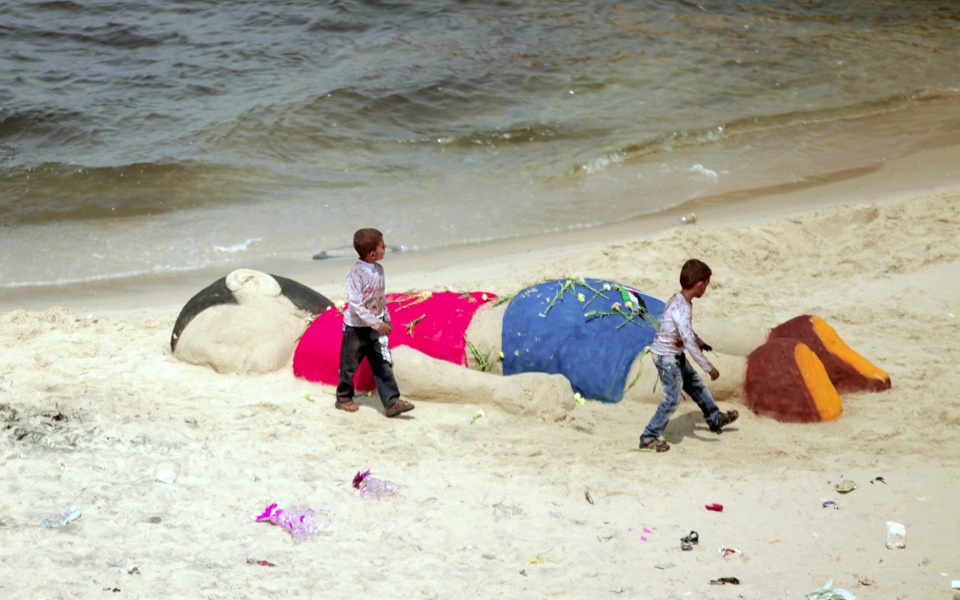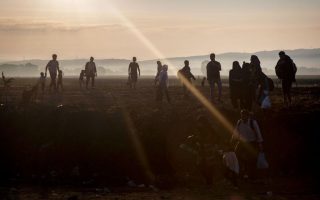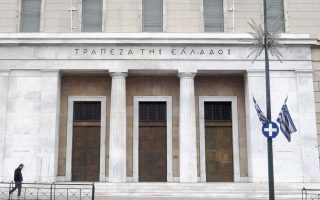Can shock value spur change?

The decision by most mainstream Western news organizations last week to run a – now iconic – photo of a drowned Syrian boy lying face down on a Turkish beach generated a substantial amount of commentary and polarized views.
It is not the first time that broadcasters and print media have faced such a dilemma. Responsible editors – not the titillating tabloid type – regularly scratch their heads in seeking a path between maximizing truth-telling and minimizing harm. Harm, for that matter, can go two ways: offending the public that views these images as well as violating the dignity of those who are depicted in them.
Shoot
Professional photographers are, inevitably, the first to make the call.
Giorgos Moutafis, a freelance photographer who has over the years documented the struggle of Europe-bound migrants and refugees for several foreign publications, has no qualms.
“I would have definitely taken that picture. Perhaps I would not have shot it the way it was, but I would take it. All my images are made to be published, or I would not be doing this job,” he told Kathimerini English Edition.
That does not mean that anything goes, Moutafis says. Just like a story, a photograph too can be made in different ways. “You need to protect these people. Put your own moral values before the lens. It’s not always straightforward,” he said.
“The important thing is to document what happened, not to personify the incident. You have to make sure you stay focused on the facts. For me it is not just about one dead Syrian boy, it's about the hundreds of people who perish on the way to Europe,” he said.
Viral
The image went viral on social media last Wednesday after at least 12 presumed Syrian refugees died trying to reach Greece's eastern Aegean island of Kos – a popular gateway to Europe for thousands of people seeking to flee war and poverty in the Middle East and Africa. The boy's body was washed ashore along with several other victims.
At first glance, the picture, taken on a beach not far from the Turkish resort town of Bodrum, is deceptively benign. It shows a dark-haired toddler wearing a bright-red T-shirt and shorts and lying prone in a sleeping position, soaked, with his head resting on the sand as the waves lap at his hair.
The photo sparked a barrage of photoshopped memes and tribute videos on Facebook and other social media.
A second, less jarring image that many news organizations chose to run instead portrayed a grim-faced police officer carrying the tiny body away from the scene.
The boy was subsequently identified as 3-year-old Aylan Kurdi, from the war-ravaged town of Kobani in northern Syria, where Kurdish regional forces have fought against ISIS militia. His 5-year-old brother and their mother also drowned.
Share
Aris Chatzistefanou, an Athens-based journalist and left-wing activist, has often shared online graphic images of asylum seekers who died trying to enter Europe. He uploaded Aylan's photo as well as a number of other, more graphic images from recent migrant tragedies. He defends publication on political terms.
“If journalists showed the world what really happens on the battlefield, then the idea of war would be unacceptable to all men,” Chatzistefanou said.
Warnings of compassion fatigue and claims that insensitive visibility risks sacrificing the dignity of the dead, he says, smack of irony and hypocrisy.
“These people were shown little respect while they were alive,” he said, slamming Western compassion over the dead bodies along the European border as hypocritical.
“We show compassion for political reasons: to evade criticism of the notion of Fortress Europe,” he said regarding the 28-member bloc's migration and asylum policy.
Thousands of refugees drown each year in their desperate bid to reach Europe. The EU spends billions of euros guarding its borders as its member states squabble over which shoulders this undue and unwanted burden should fall on – a burden that is, at least in part, of their own making: It was Britain, France and the United States which backed the Syrian opposition in the early stages of the uprising against Syrian President Bashar al-Assad's rule and then left them to their own devices.
Confront
Lilie Chouliaraki, a media and communications professor at the London School of Economics, is critical of what she calls “the distribution of witnessing ‘roles’ in the global distribution of images.”
More often than not, she argues, those who witness images of suffering are viewers in the West, while those who suffer belong to non-Western zones of war, disaster and poverty.
“Part of this global distribution is a particular regulation of the flow of images of death so that extreme images of distant others are kept away from Western public spheres on the grounds that the West needs to be protected from the potential trauma of seeing others suffer,” she said attacking the taboo of public visibility as “hypocritical.”
“It privileges the protection of those who safely watch over those who truly suffer; and it obscures the indirect responsibility of the ‘innocent’ West in the wars or disasters it is to be protected from,” said Chouliaraki, an expert on the mediation of disaster news and author of several books, including most recently “The Ironic Spectator: Solidarity in the Age of Post-Humanitarianism.”
“My view is that avoiding confronting the shock of a child's death on screen or other similar spectacles runs the risk of turning Western publics into self-concerned, inward-looking and ultimately narcissistic publics who may show compassion for others like ‘us’ but don't really think about or feel for the tragic fates of those far away,” she said.
The law
Publishing some of these photographs could be challenged on legal grounds, legal expert Niki Kollia notes, even though it would involve separate actions being taken in each country the image has appeared.
In Greece, the law foresees imprisonment of up to six months for anyone charged with disrespecting the memory of the deceased.
But Kollia believes that this is wrong when the photograph is taken in the context of reporting the news.
“Banning these images for ethical, political or religious reasons would deal a hefty blow to journalism,” said Kollia.
Empathize
But critics warn against giving in to what has been called “the pornography of pain” and the superficial, self-satisfied feelings of sadness and morality when sharing a grisly picture on social media.
Alexia Skoutari, an Athens-based activist who works with refugees, is skeptical of the use of visceral imagery even if that is employed in a bid to awaken people to humanitarian disasters. Resorting to emotionalism instead of thoughtful discussion is an unwelcome sign.
“It shocks me that it would take pictures of a dead toddler to mobilize empathy. Why would you need to see something so brutal to feel compassion and understanding about another man's plight?” she said.
Impact
Do the people who saw Aylan’s pictures have a better understanding of the situation than they did before? Can the image of a lifeless boy on a beach change the refugee debate?
During his annual State of the Union address to the European Parliament in Strasbourg on Wednesday, European Commission President Jean-Claude Juncker announced proposals for a radical overhaul of the bloc’s migration policy, including the opening of legal channels to coordinate arrivals in Europe and permanent systems for distributing the influx of refugees across the continent.
For Chouliaraki, dramatic footage has the power to raise awareness and donations, as well as put pressure on urgent and more efficient measures to tackle the refugee crisis. But it can do little insofar as it concerns tackling the broader causes of the crisis.
“This is a matter of geopolitical and economic interests and it would be naive to believe that images have the power to decisively affect global politics,” she said.
The truth is that rarely has media coverage of humanitarian disasters managed to prompt Europeans to action.
In October 2014, a boat went down off the Italian island of Lampedusa, killing 366 migrants and asylum seekers on board.
“Back then, again, European leaders were shocked,” said Eva Cosse, an Athens-based expert with Human Rights Watch.
“But did they replace the persistent emphasis on border enforcement with the imperative of saving lives and providing refuge to those in need? No, they didn't.”





